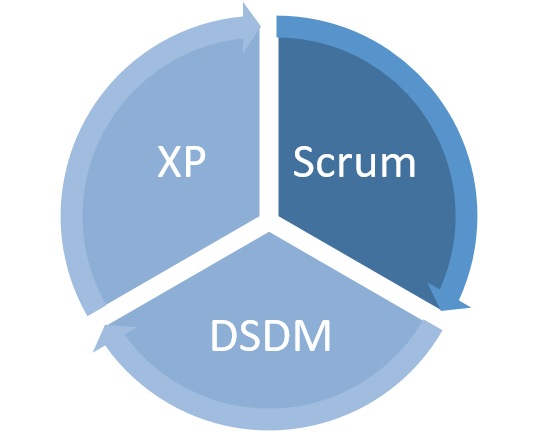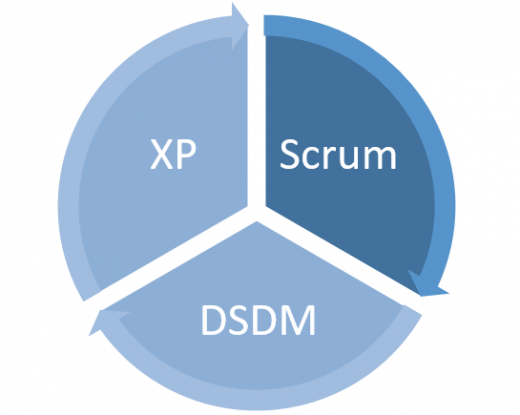Dissecting the Most Commonly Used Agile PM Methods
June 22, 2016
The new catch word in the world of project managers is “agile”. But how exactly can agile project management be explained? It’s an attitude for managers who want to use approach with making quick alterations in an ever-changing environment. Agile Project management is all about a flexible process, embracing changes as they arise late in the development lifecycle, agile projects constantly change and evolve such as the practice itself.
The difference between the agile pm and the traditional management is mainly in the self-directed approach. The team members have the ability to bring decisions and work on their own as long as they are respect the agreed rule framework. They follow open communication techniques and tools which enable the employees to express their views and feedback openly and quickly. Using project viewer enables them to open the project from their cellphones, laptops and iPads and work from a “virtual office”.
Likewise, customer testing and user feedback are constantly implemented and they learn from the mistakes, implement feedback and evolve deliverables. This is used to avoid one final result.
The agile teams reduce complexity by implementing short-term deliveries by using a delivery cycle that ranges from one to four weeks generally known as “sprints”. Because of that the team can change direction at any time in the process to make sure that their product will meet changing needs.
Agile Project Management includes methods such as scrum, extreme programming (XP) and DSDM.

Scrum is known for its simplicity and flexibility as well as addressing to the many management issues that have plagued the IT development teams for decades. It represents a way of managing tasks within a team-based development setting. Scrum highlights feedback, team independence, and building tested product increments within short repetitions. Scrum has five meetings: Daily Scrum, Sprint Planning, the Sprint Review Meeting and Sprint Retrospective Meeting.
- The product owner represents important stakeholders and customers, and is in charge of arranging the project and business aspects of the project.
- The scrum masterattends as the team’s instructor or coach, by helping the members work together. This person solves problems, supervises communication so that team members and stakeholders can communicate the progress that has been made.
- The teamis the group of professionals that collaboratively decide which person should work on which task, the technical practices that are necessary to achieved goals etc.
XP (Extreme Programming) is a more far-reaching agile practice, concentrating on the software engineering procedure and emphasizing the analysis, development and test phases with fresh methods that make a considerable modification to the quality of the end product.
DSDM (Dynamic systems development method) is one of the agile methods, that emphases that a project must have distinct strategic goals and focus on timely delivery of real benefits to the business.
In an agile model, throughout the development lifecycle, it is usual to reexamine each part of development once every two weeks. When a team stops and re-evaluates the project track once every two weeks that gives time to navigate the project in another direction.
The outcome of this “check out-and-fit” method to review development significantly reduces development budgets as well as time to market. Instead of marketing a part of software that hasn’t even been written yet, agile allows teams to constantly reevaluate their announcement to enhance its value during development stages, empowering them to increase competitive advantage.
Business & Finance Articles on Business 2 Community
(46)



